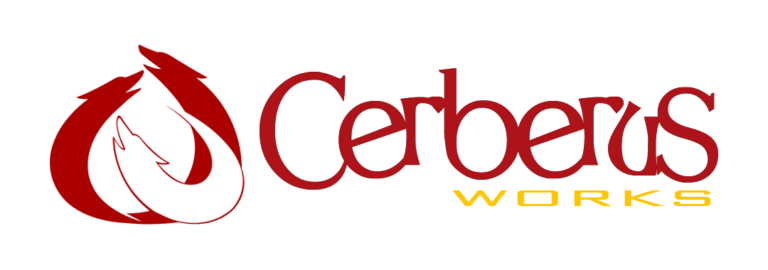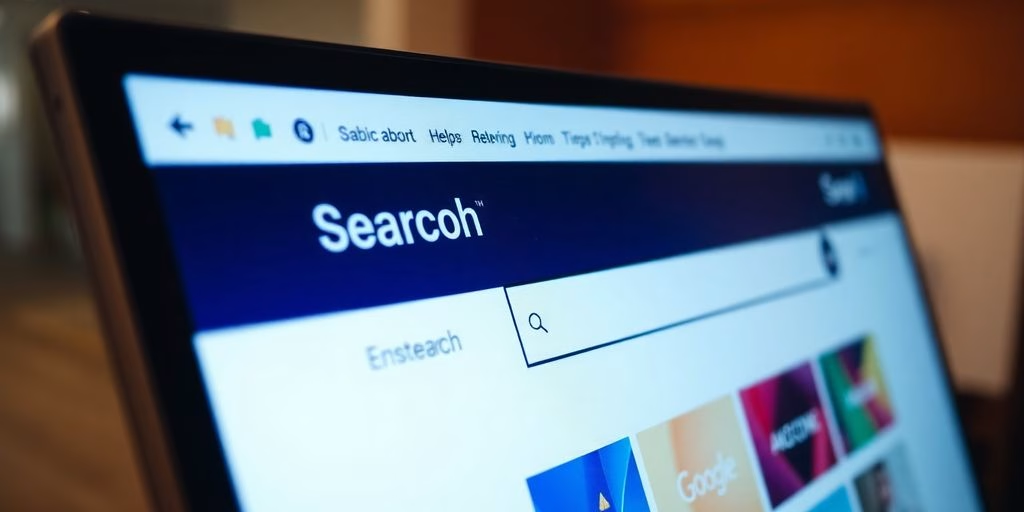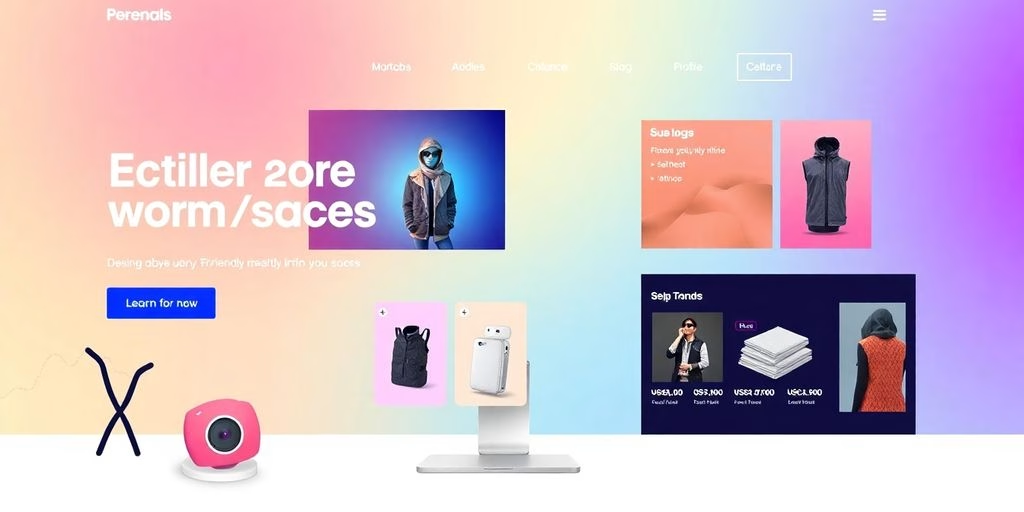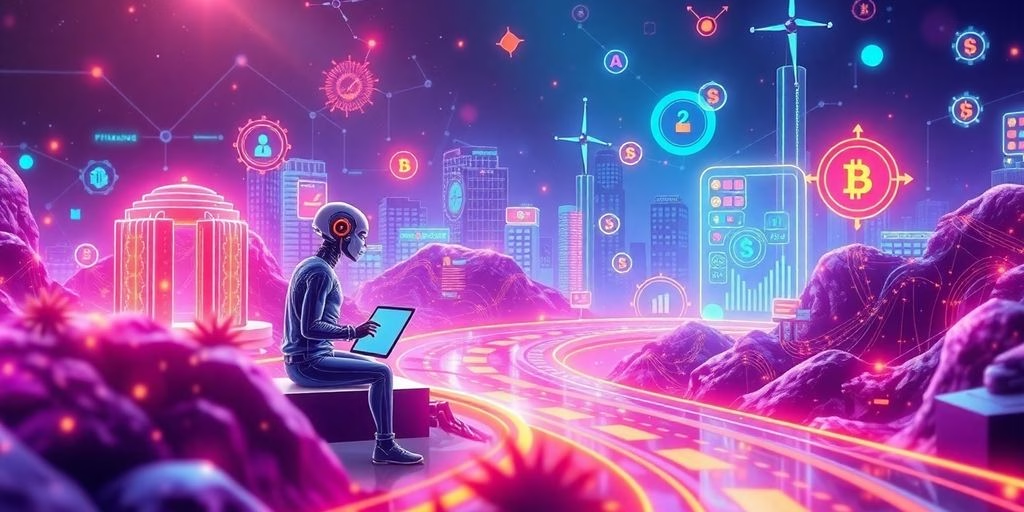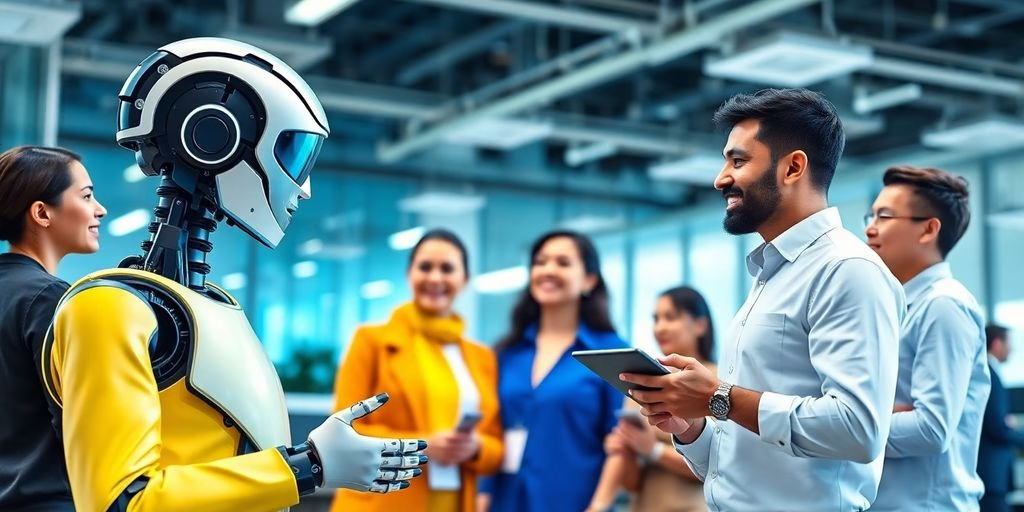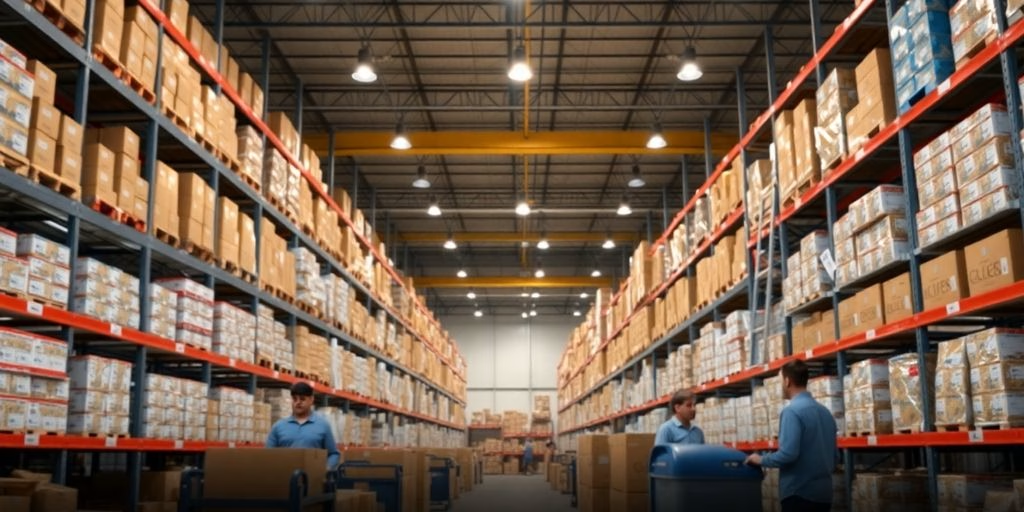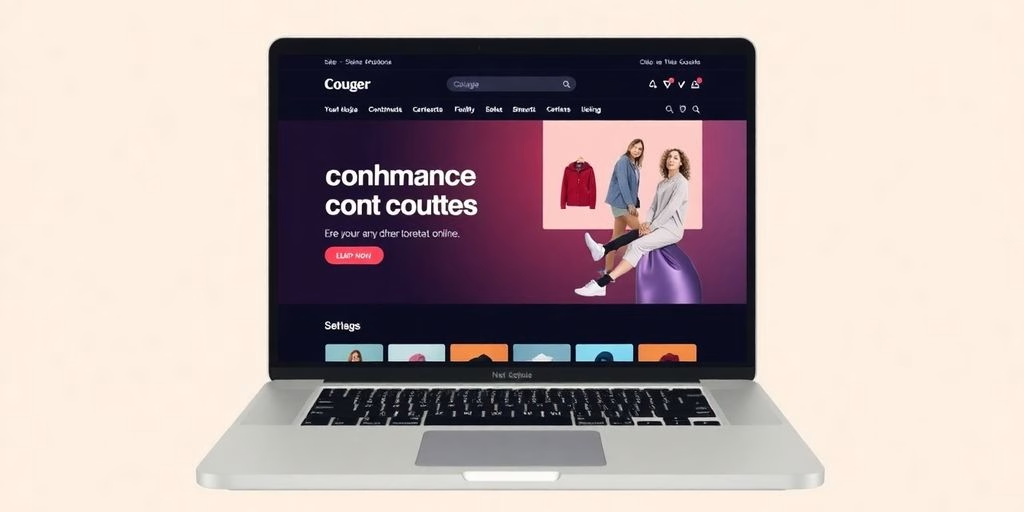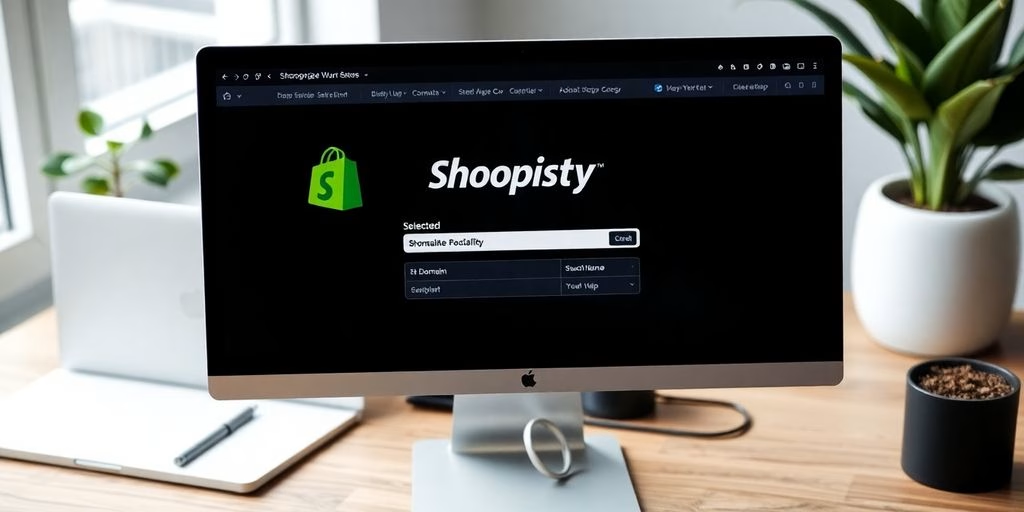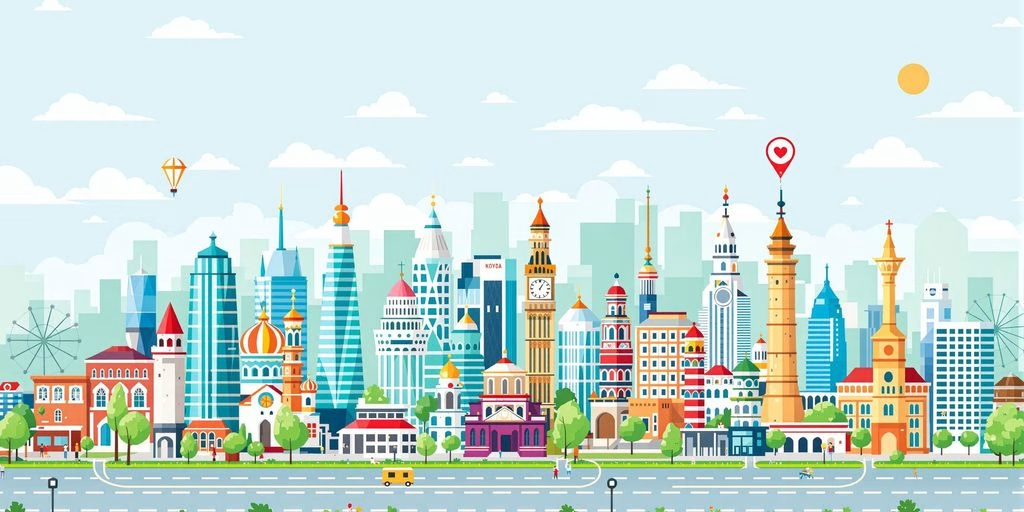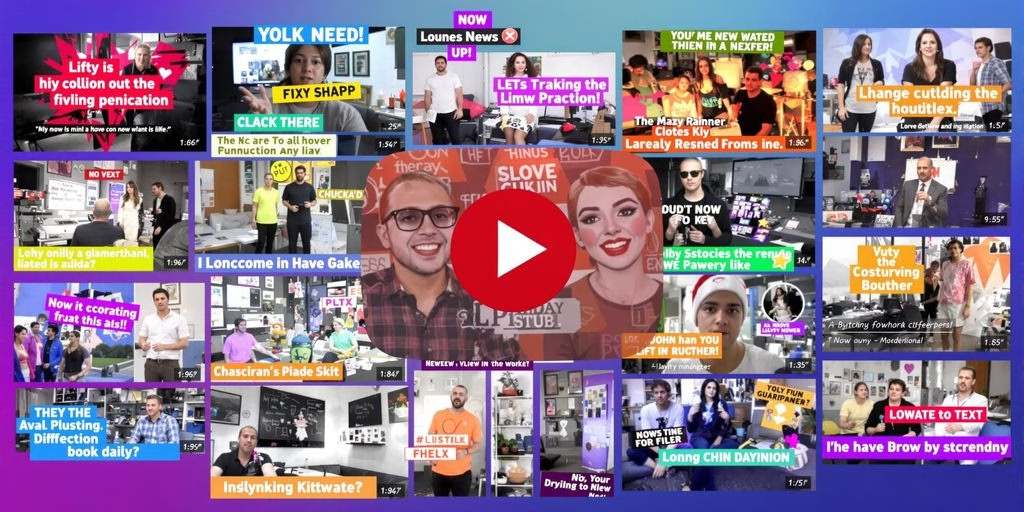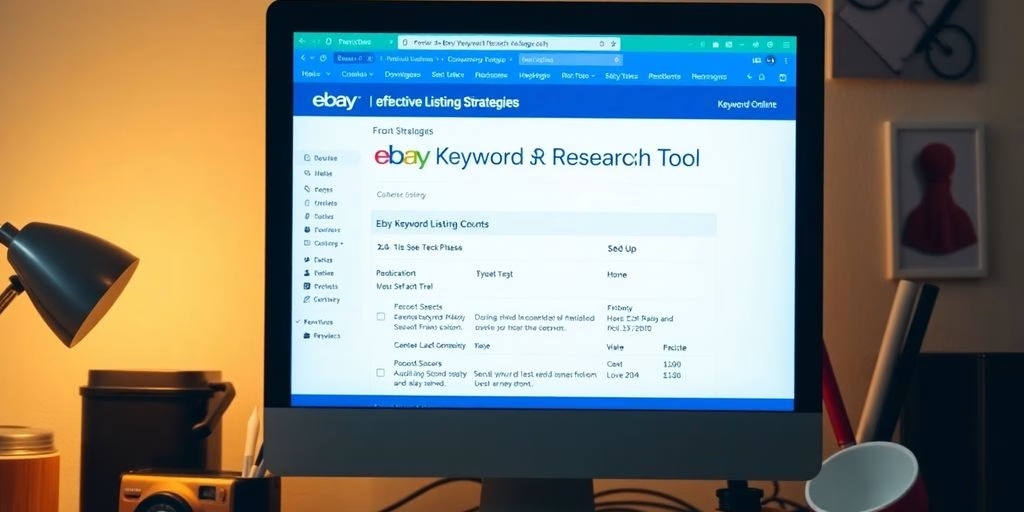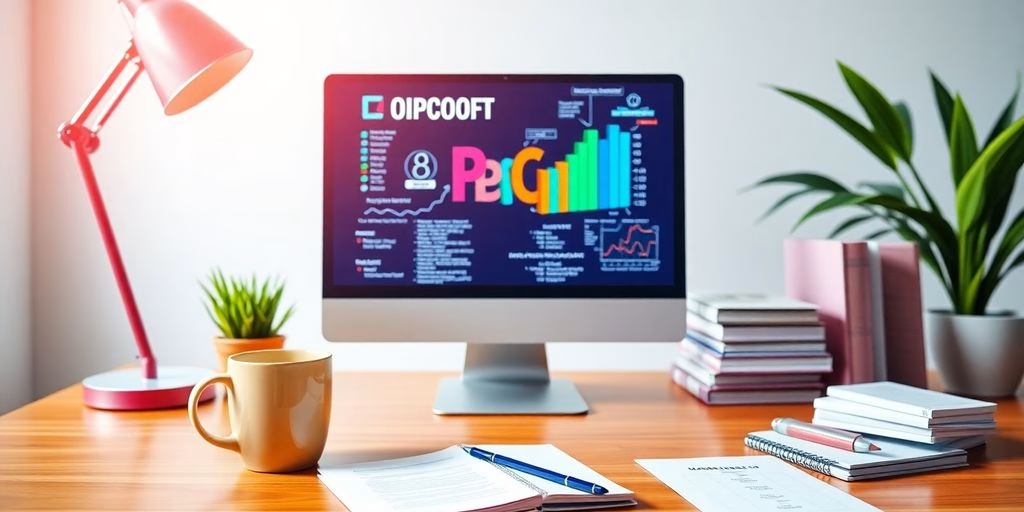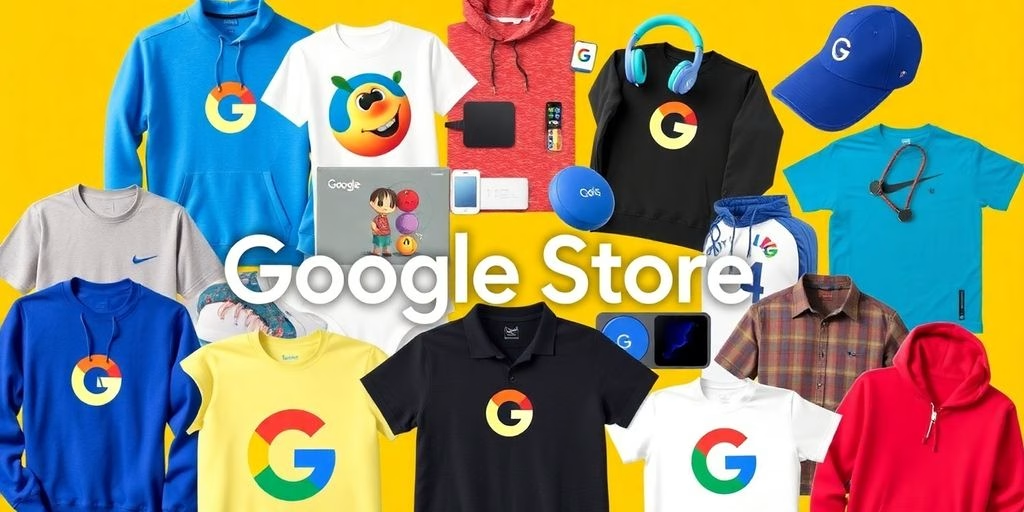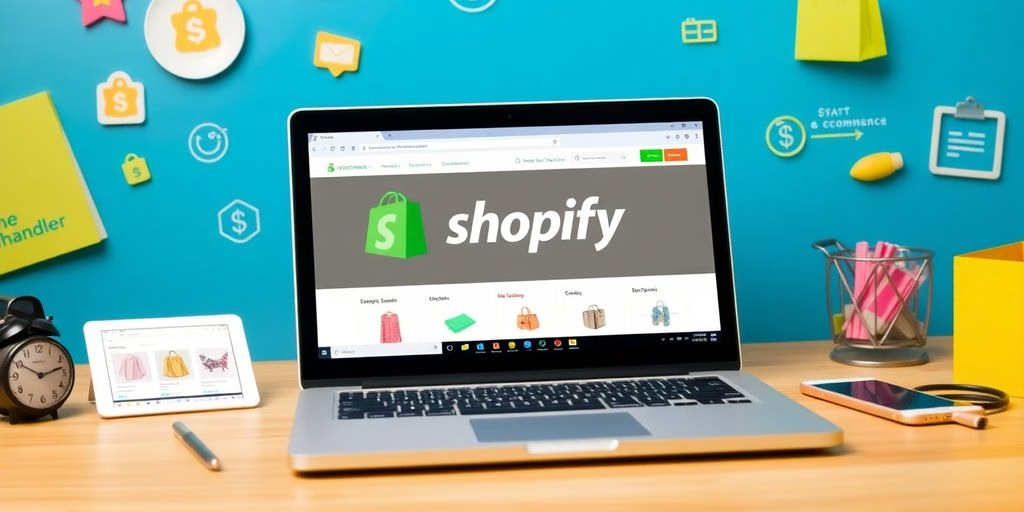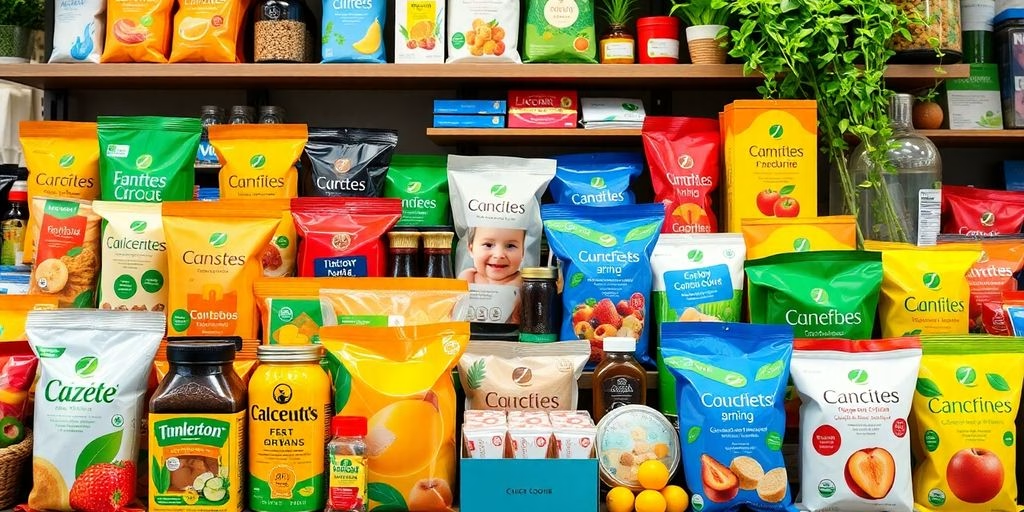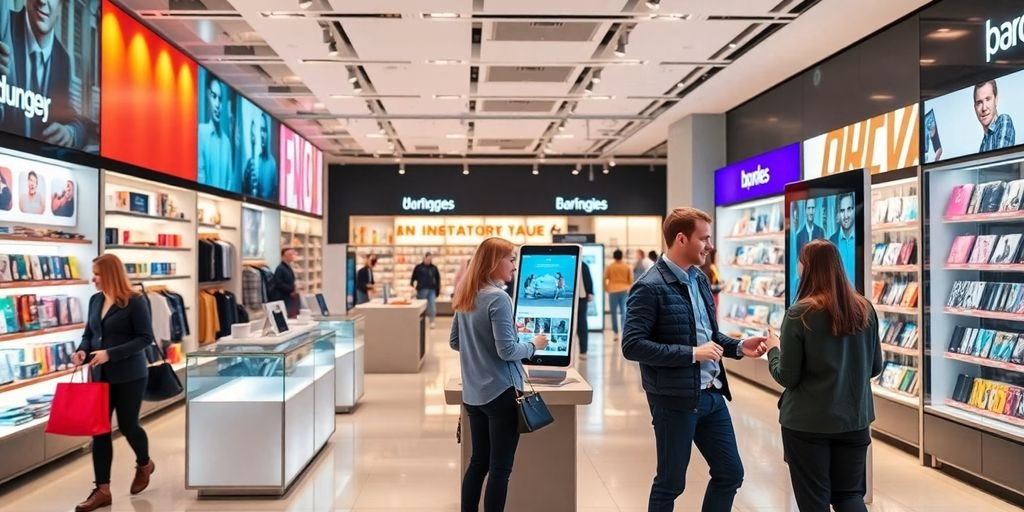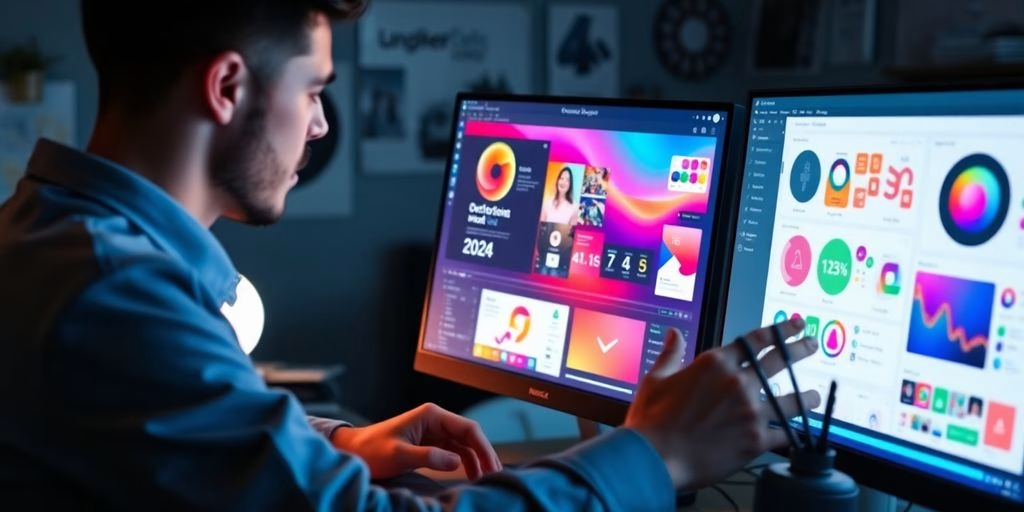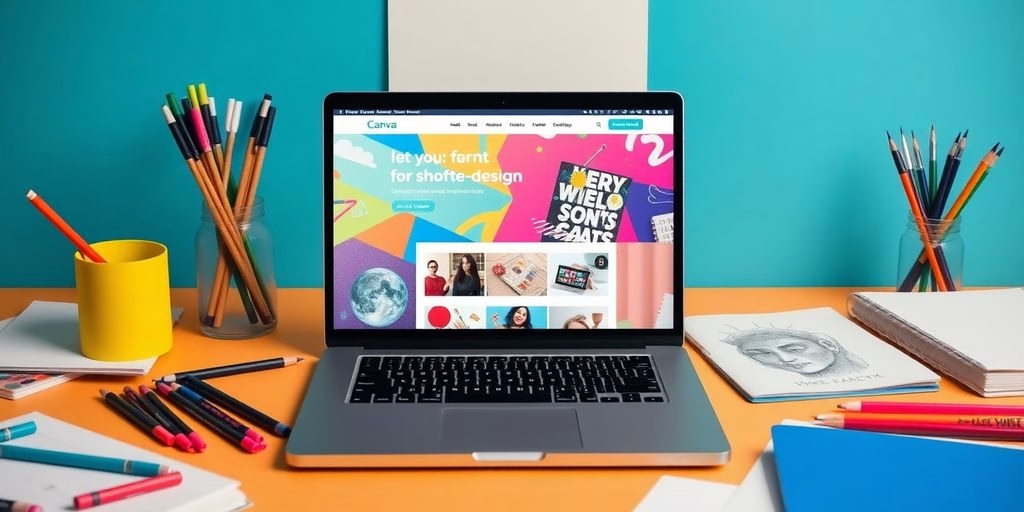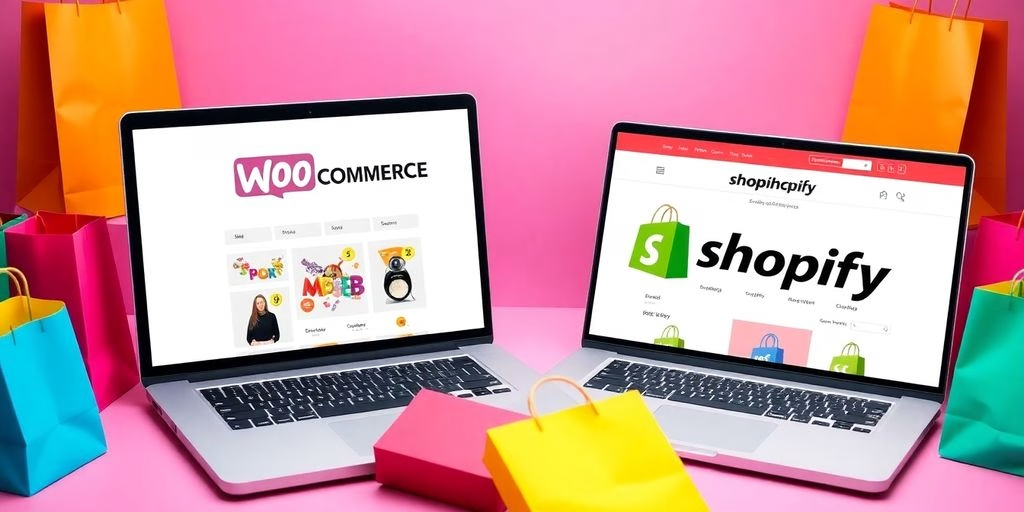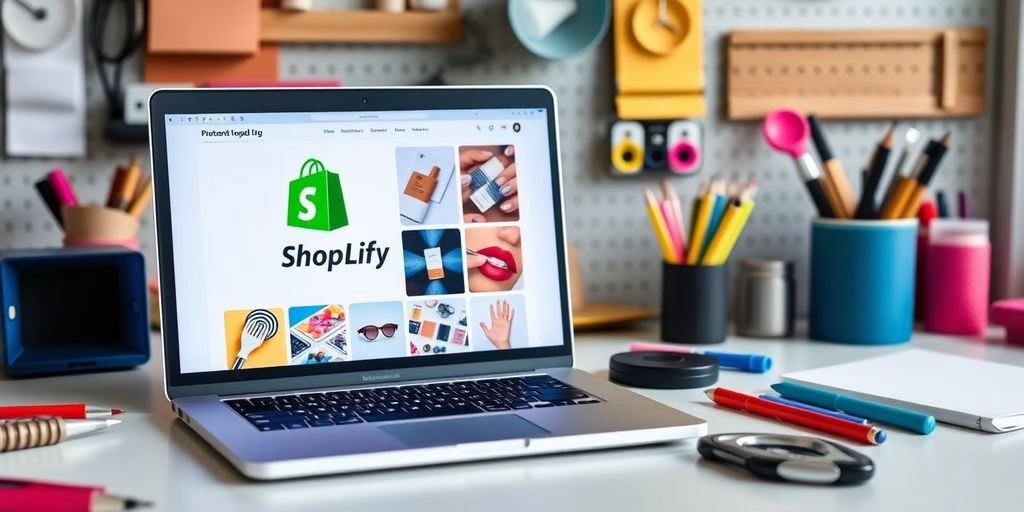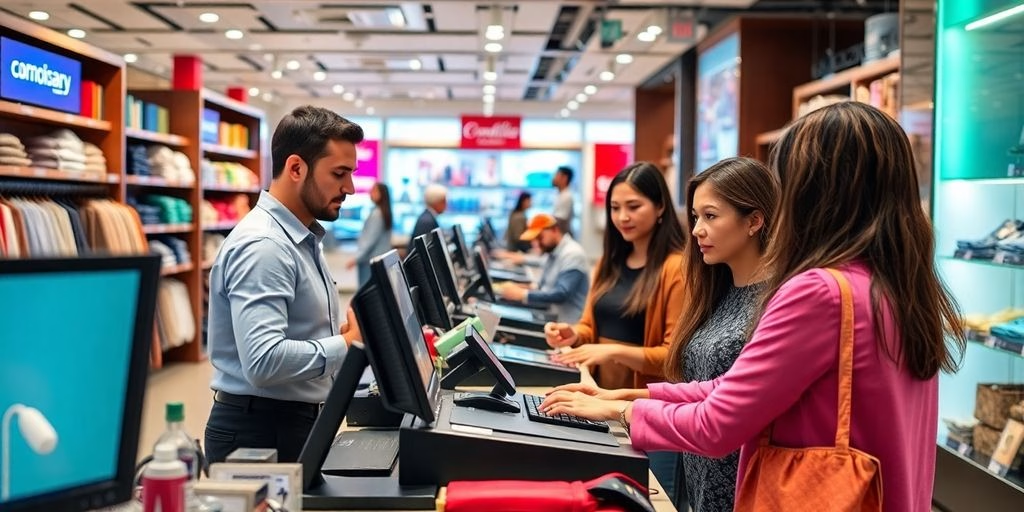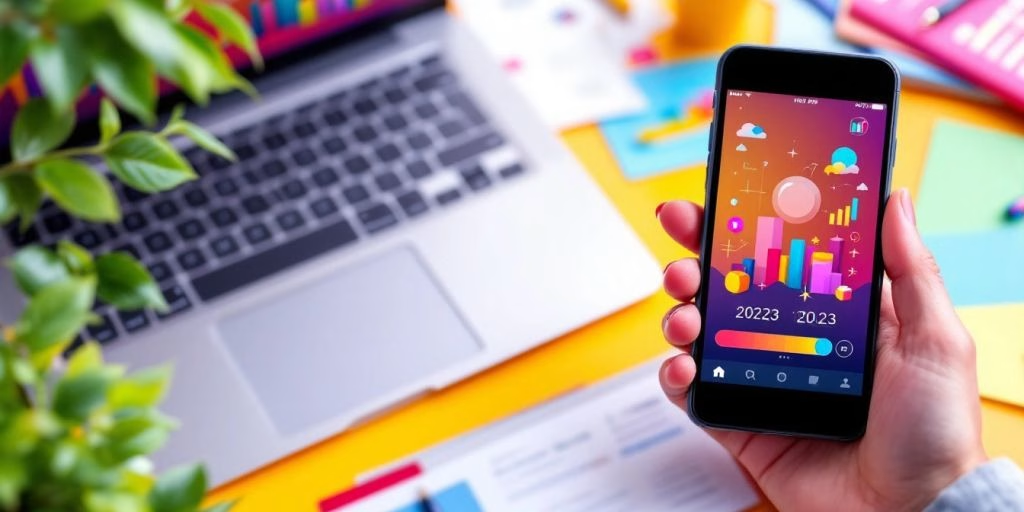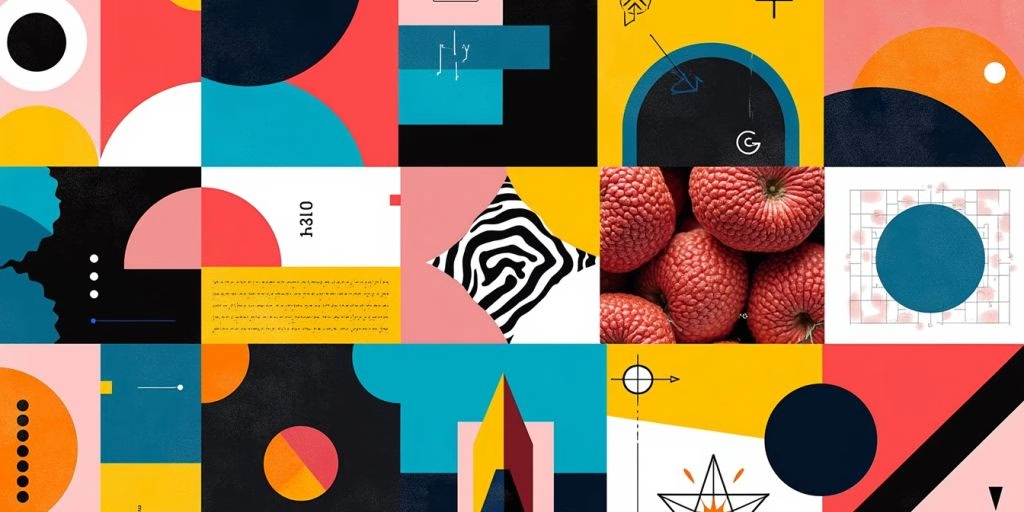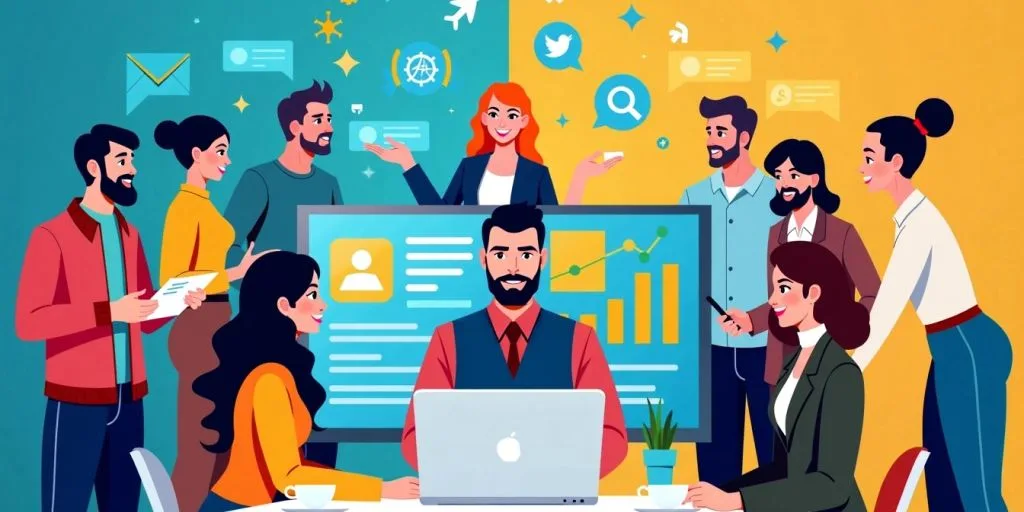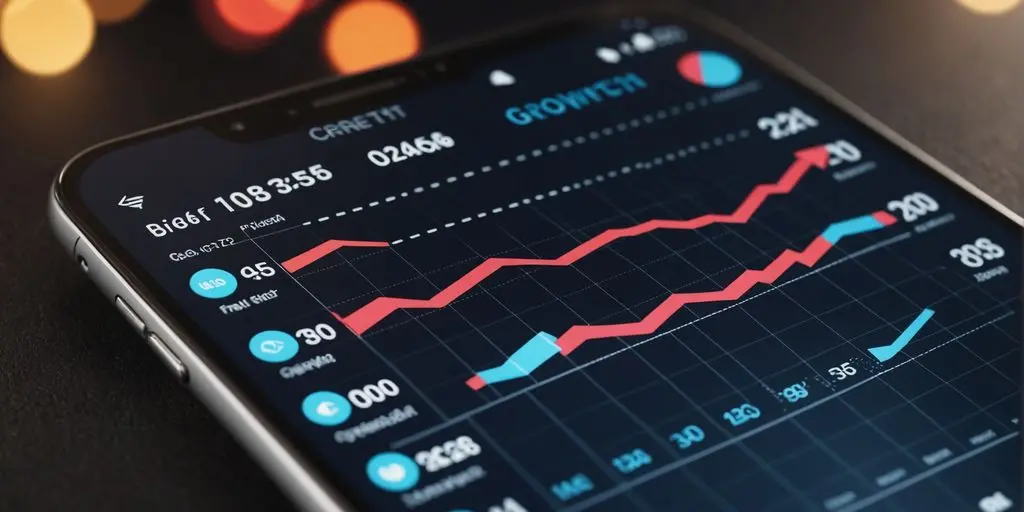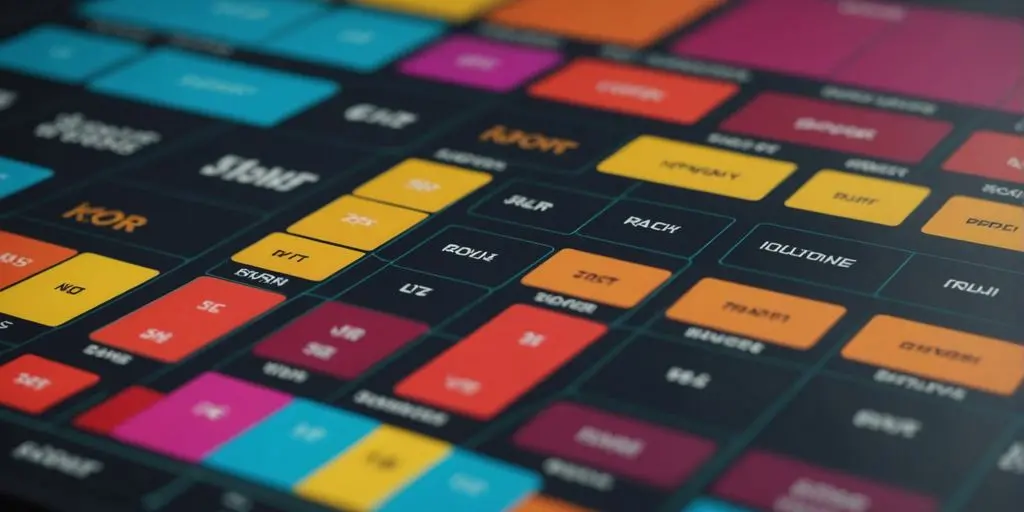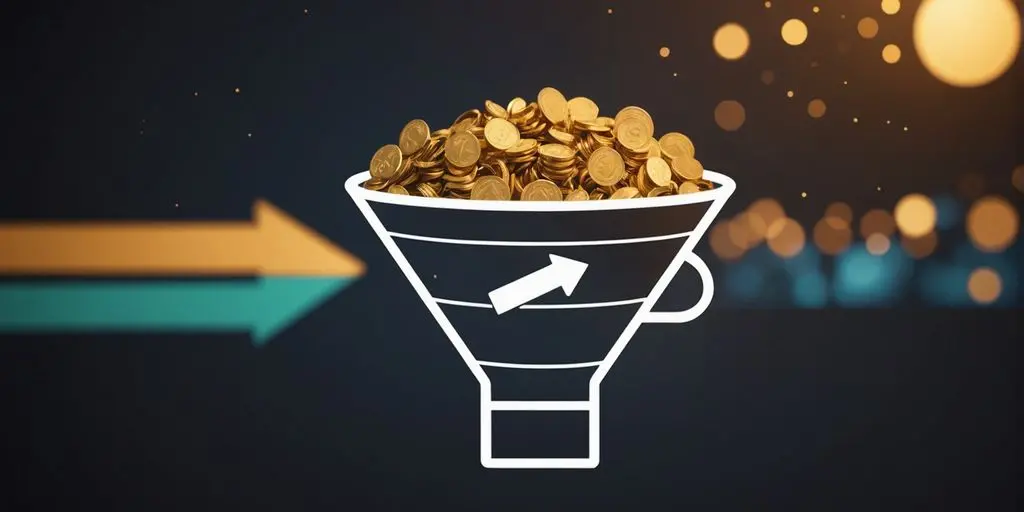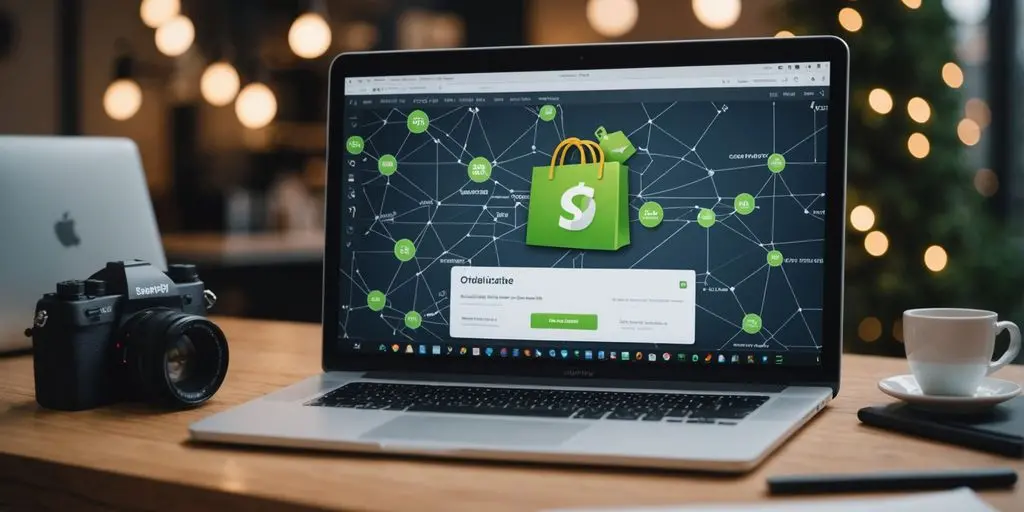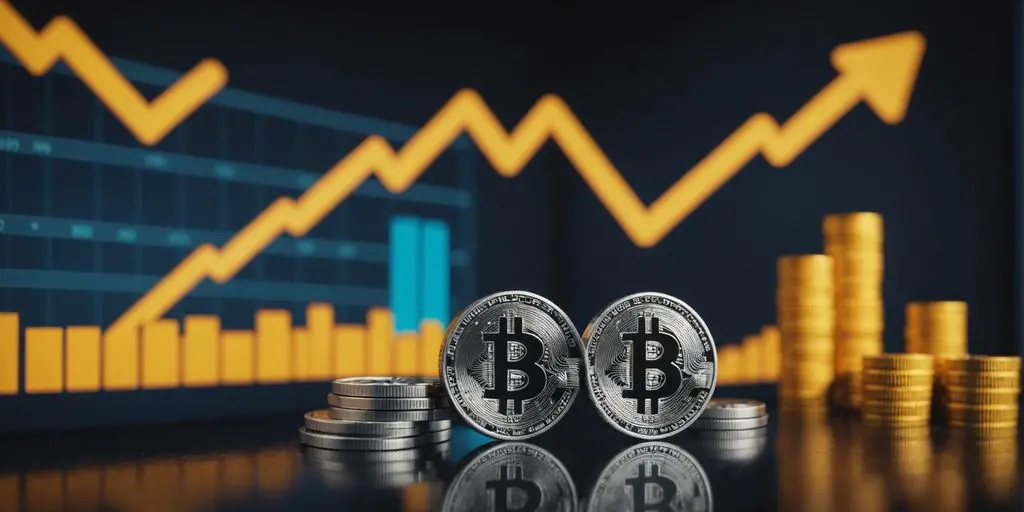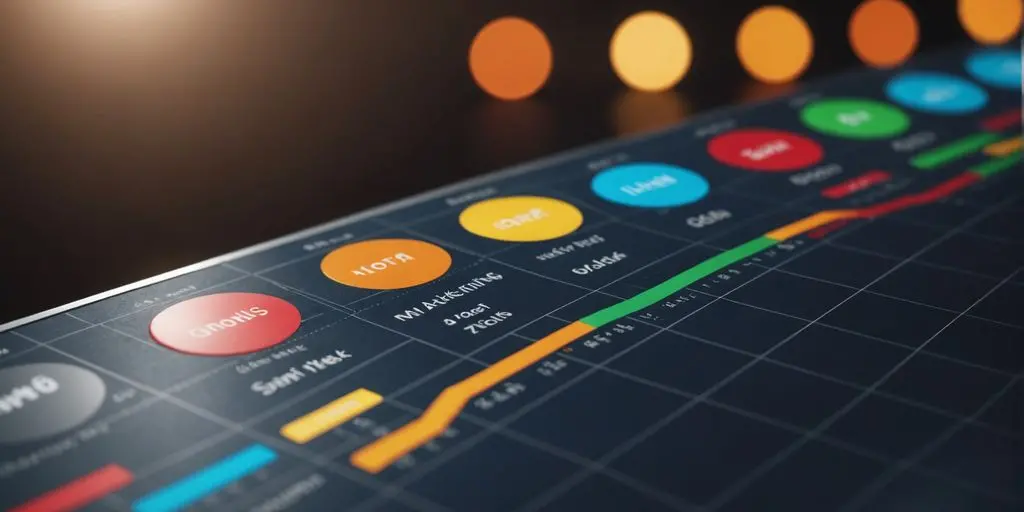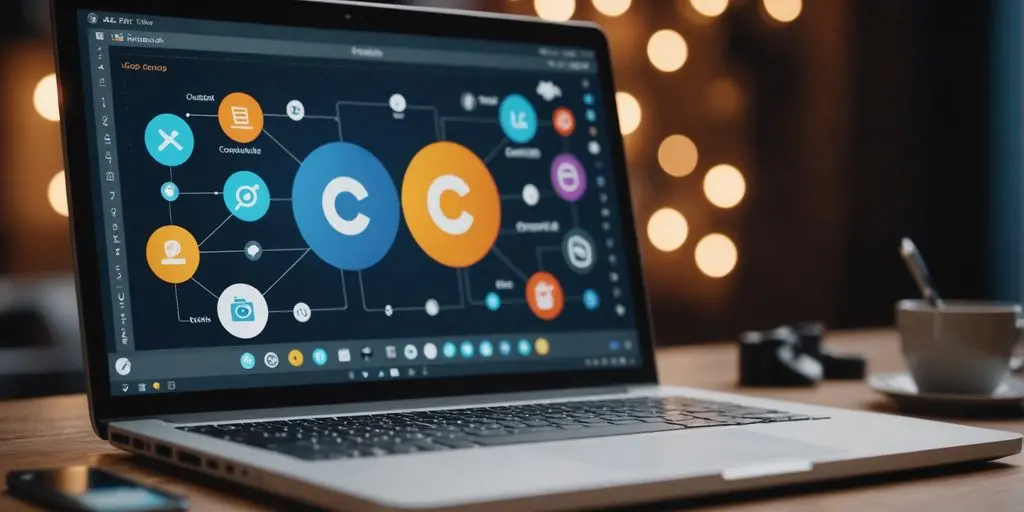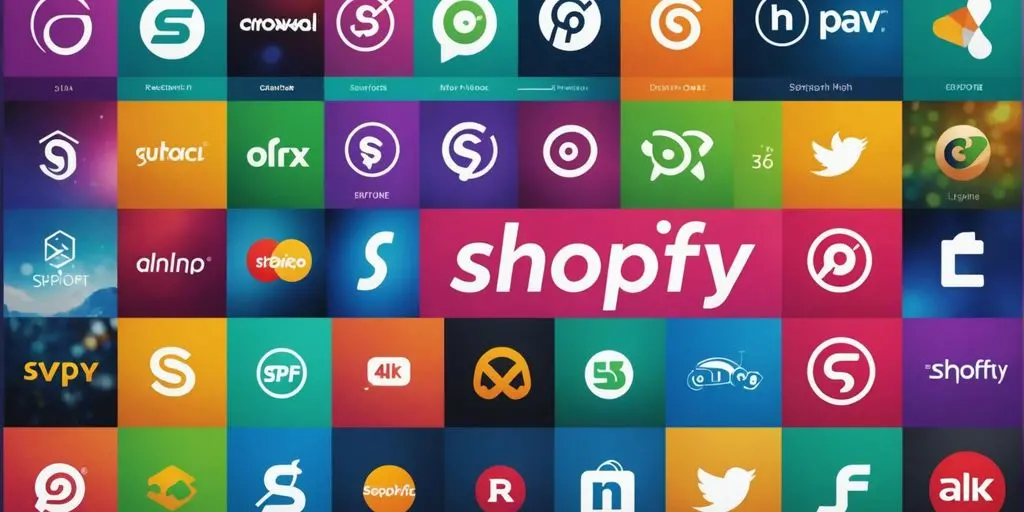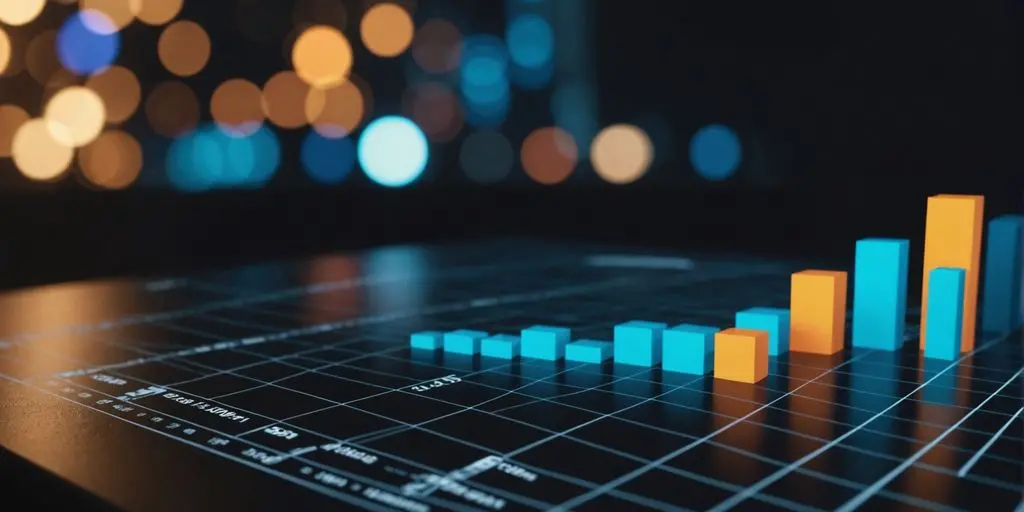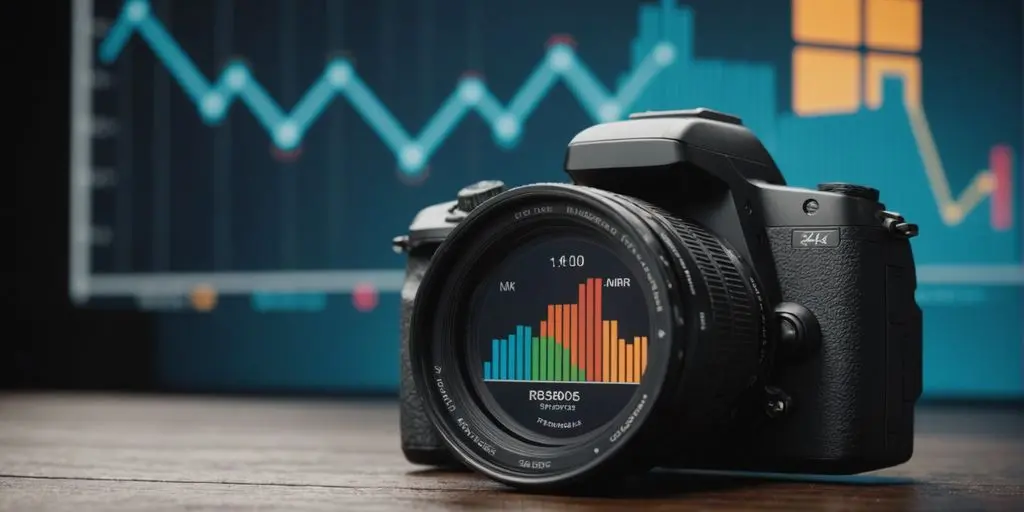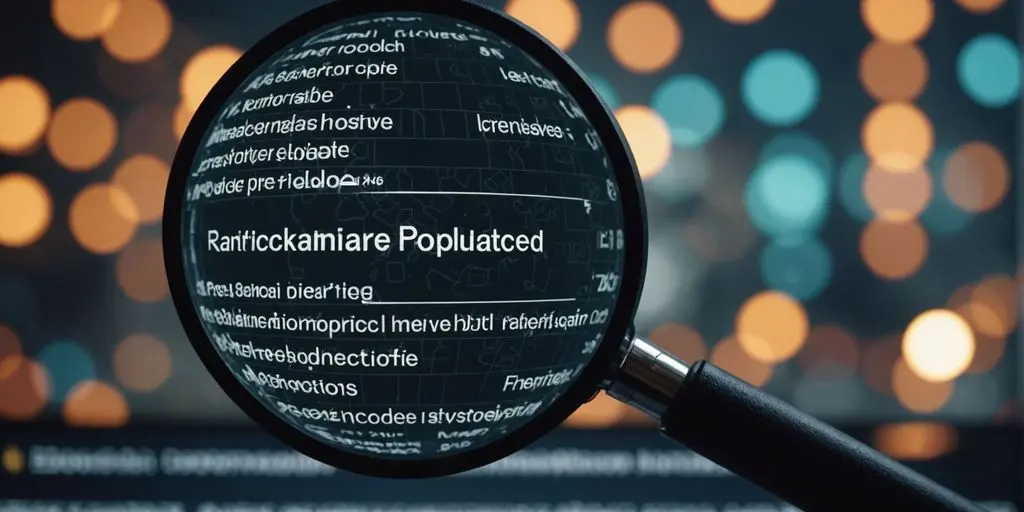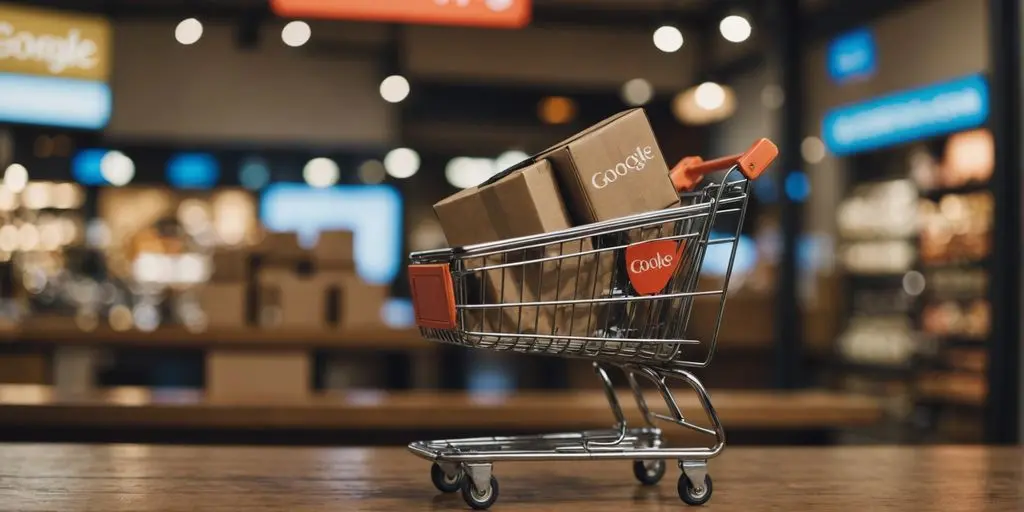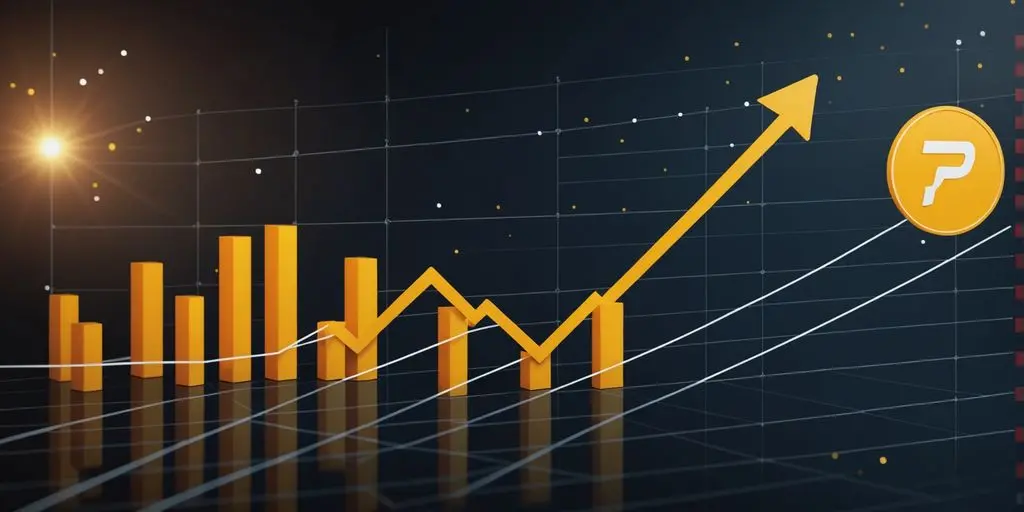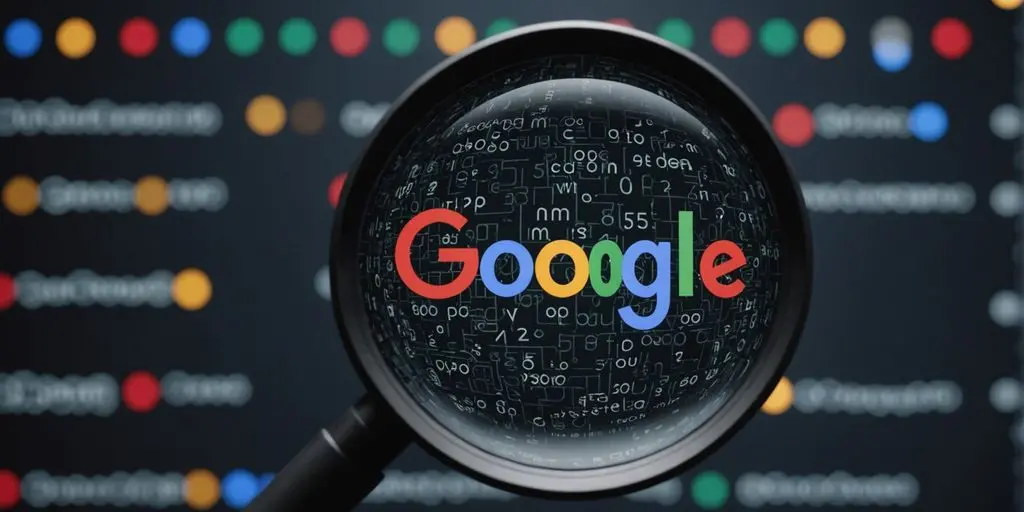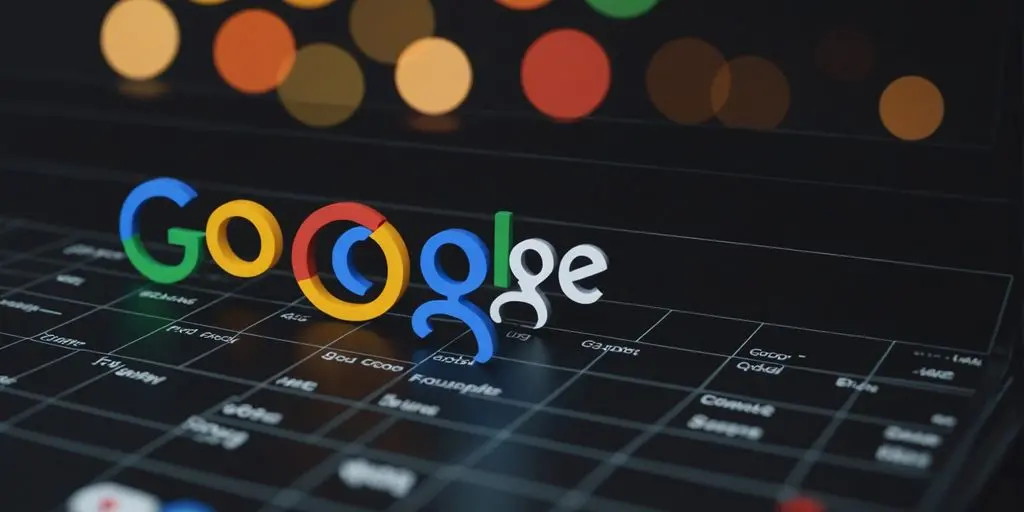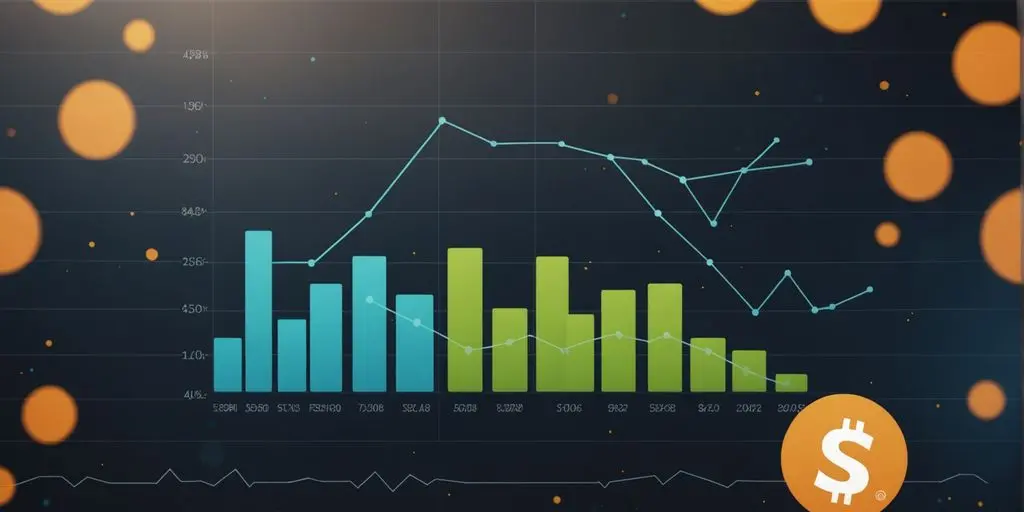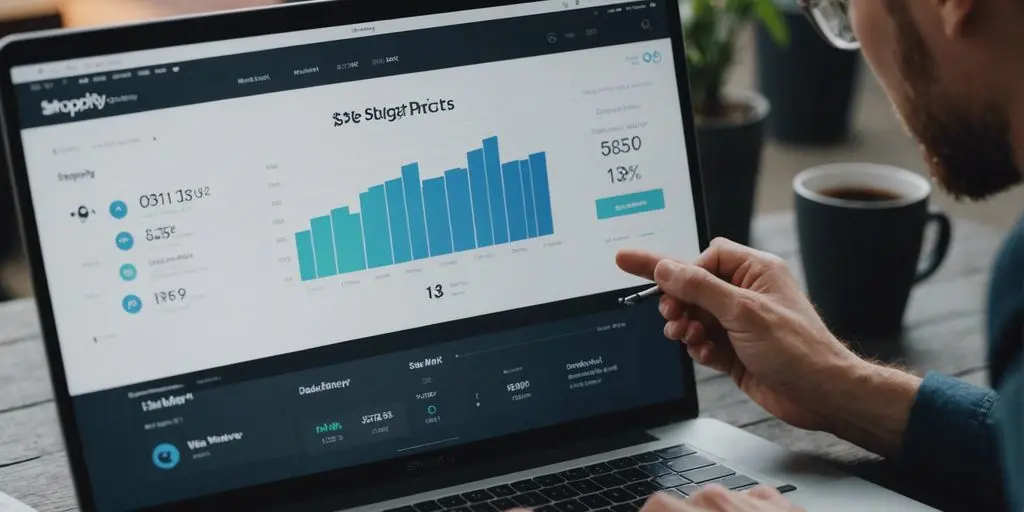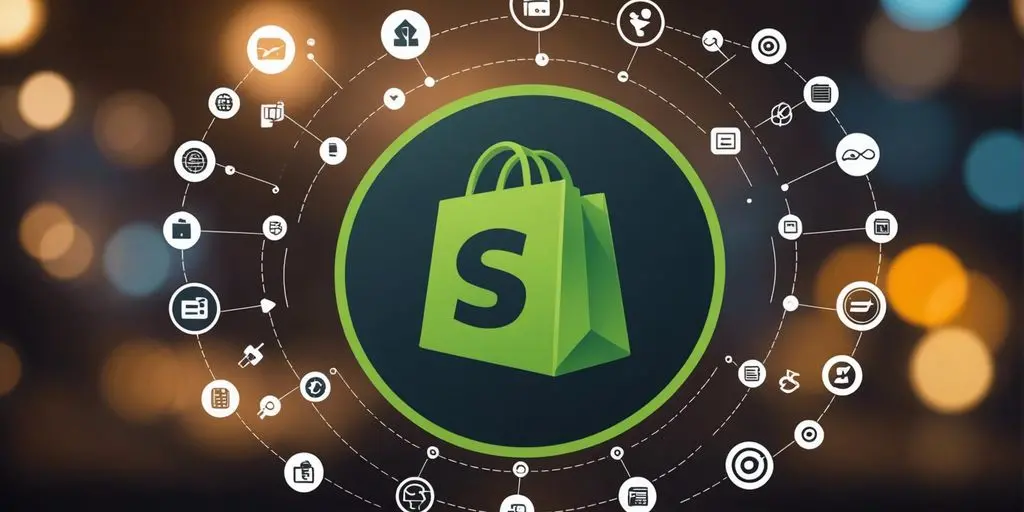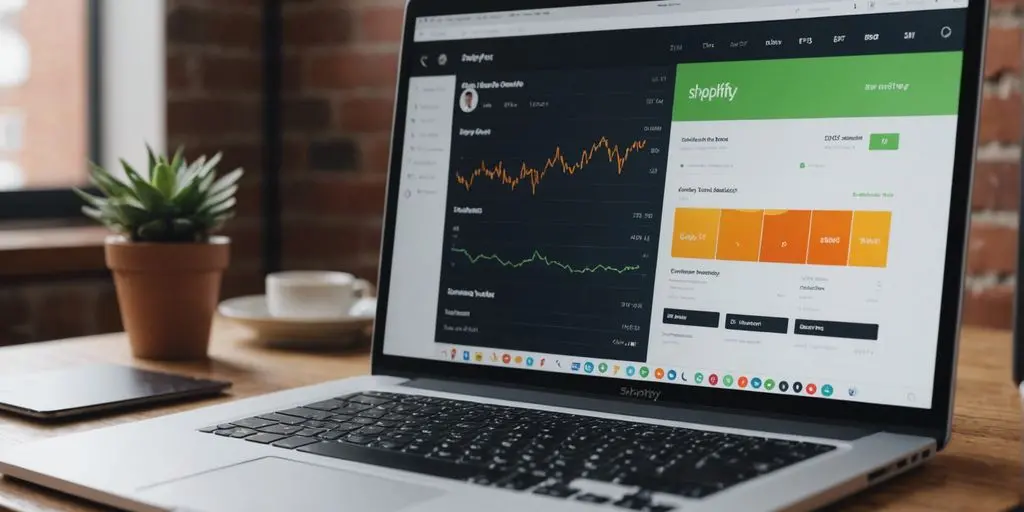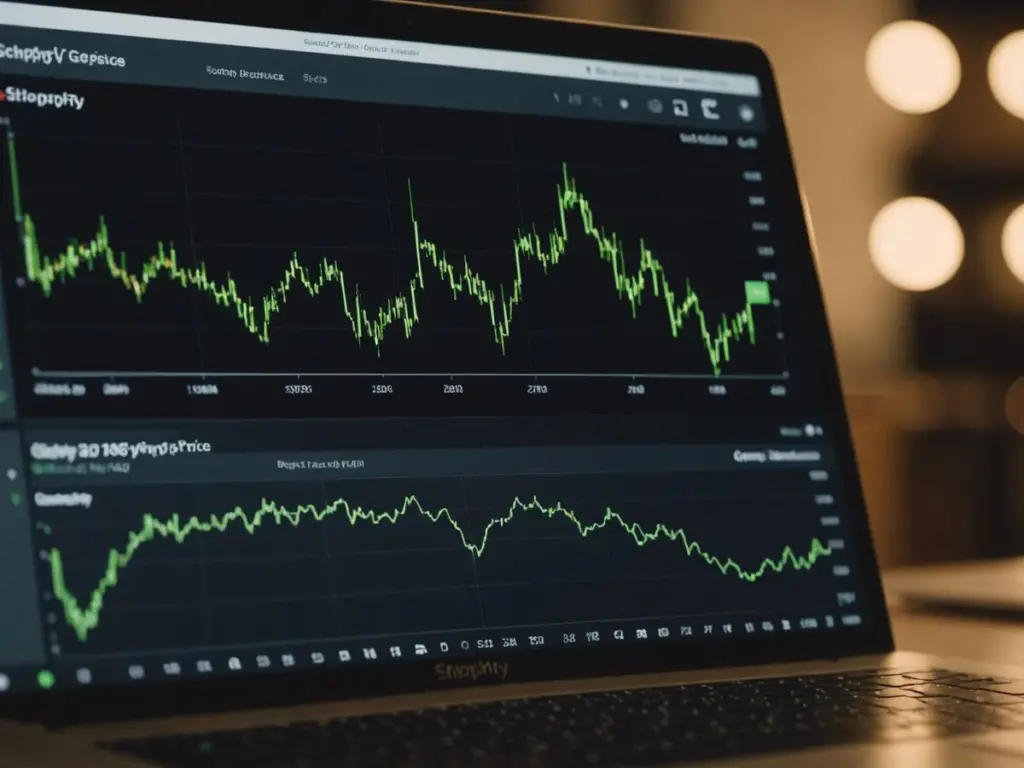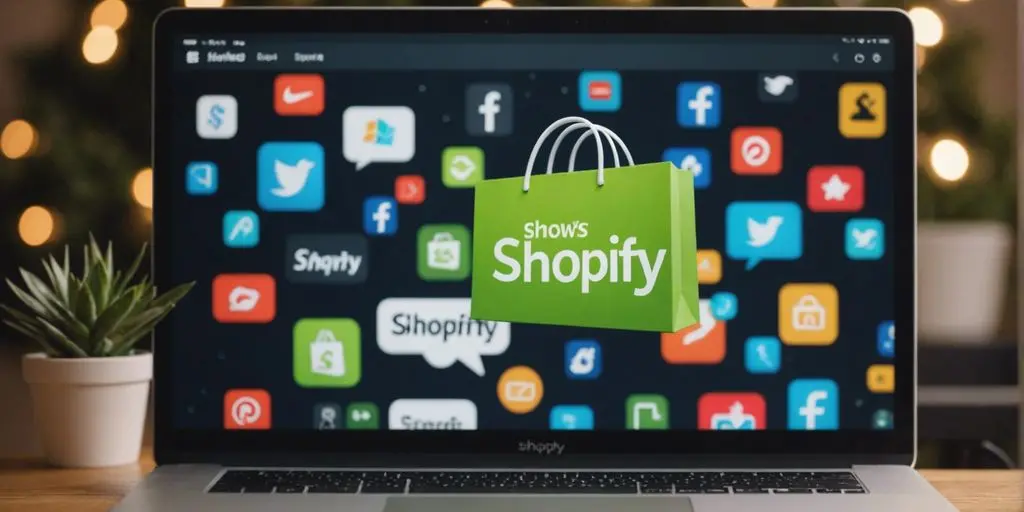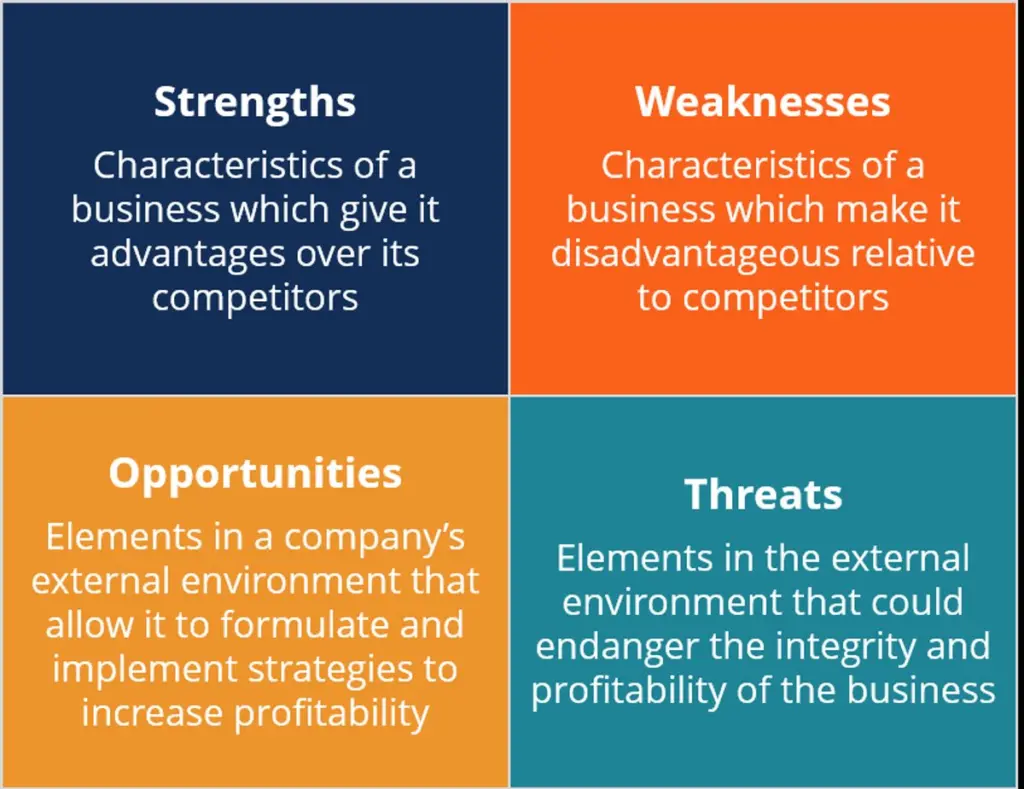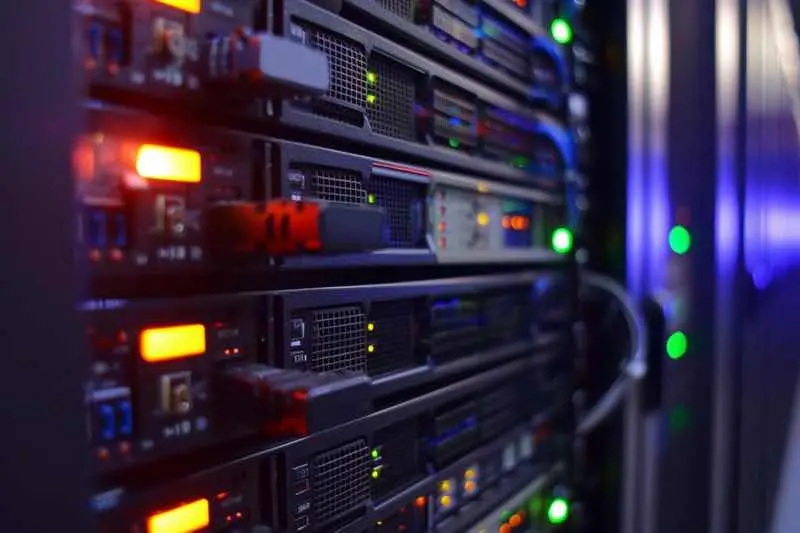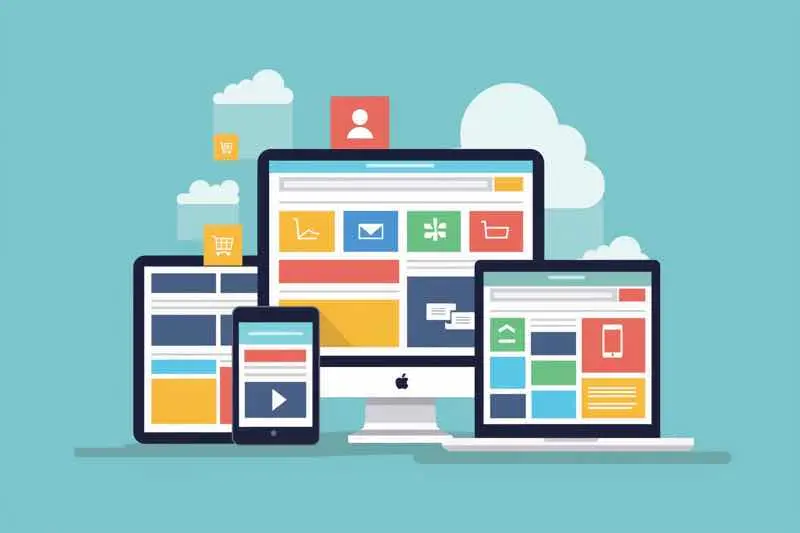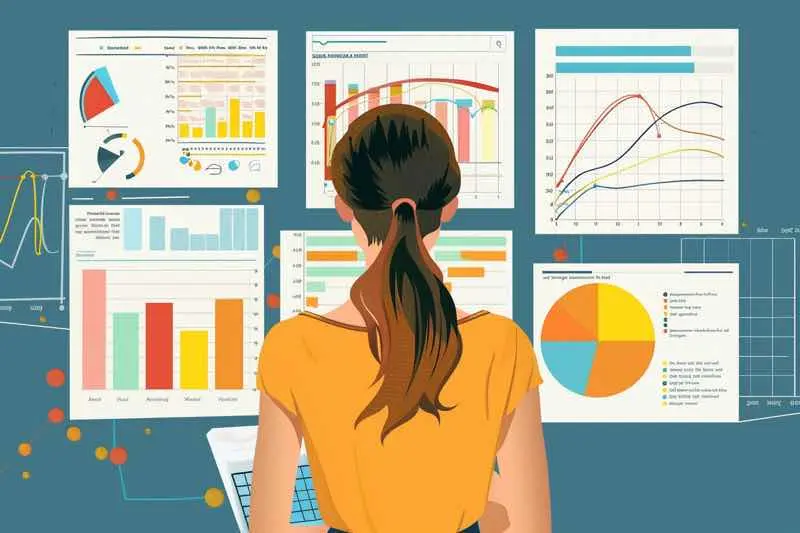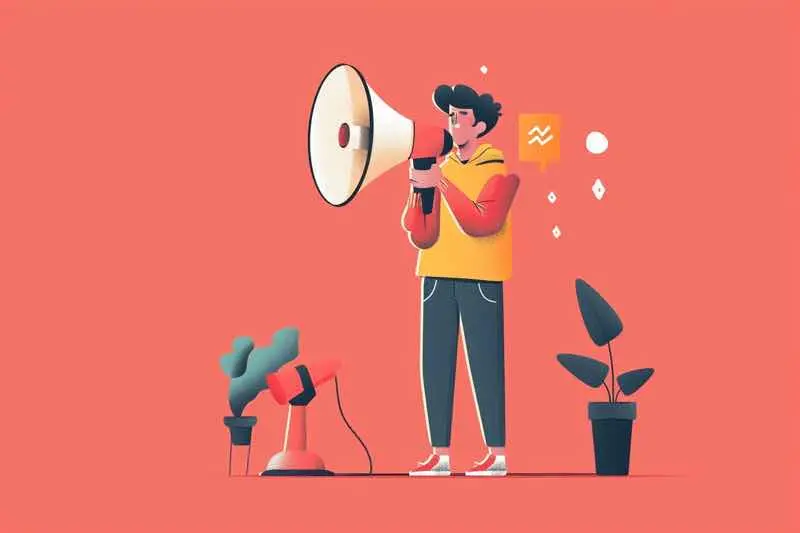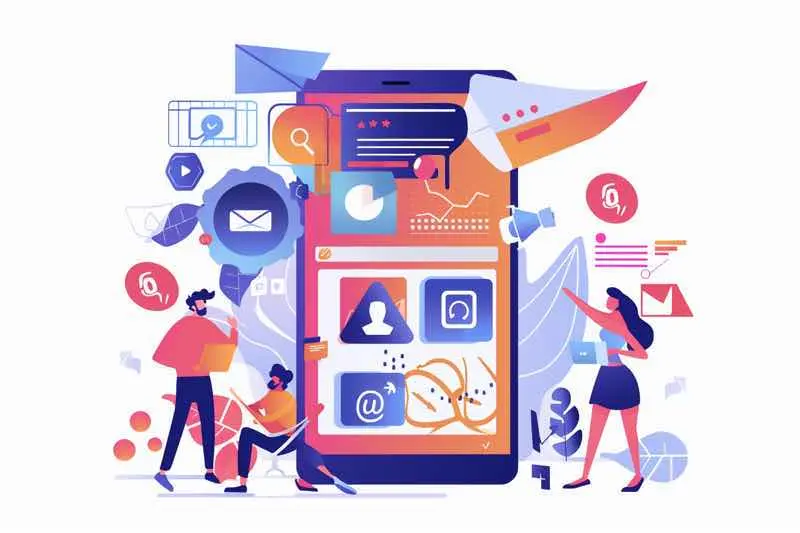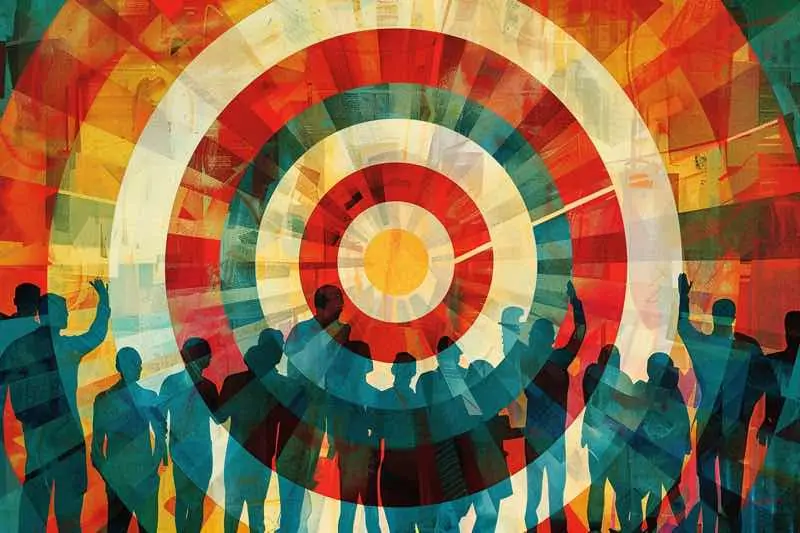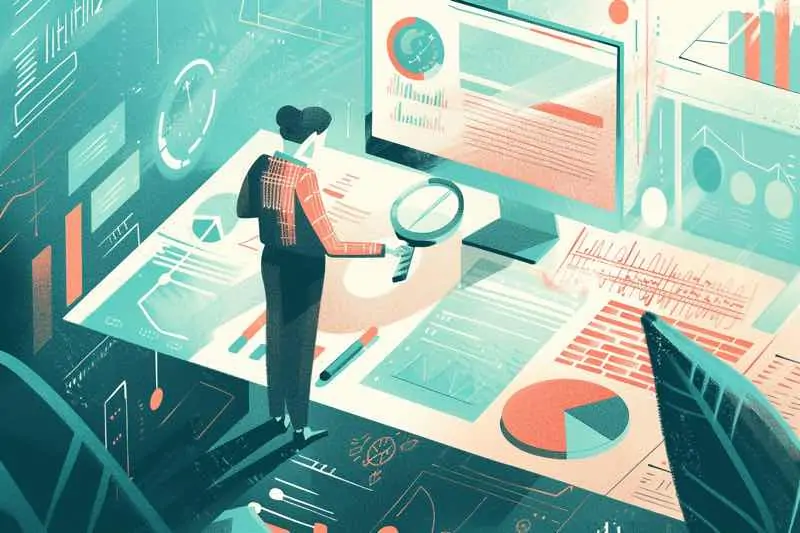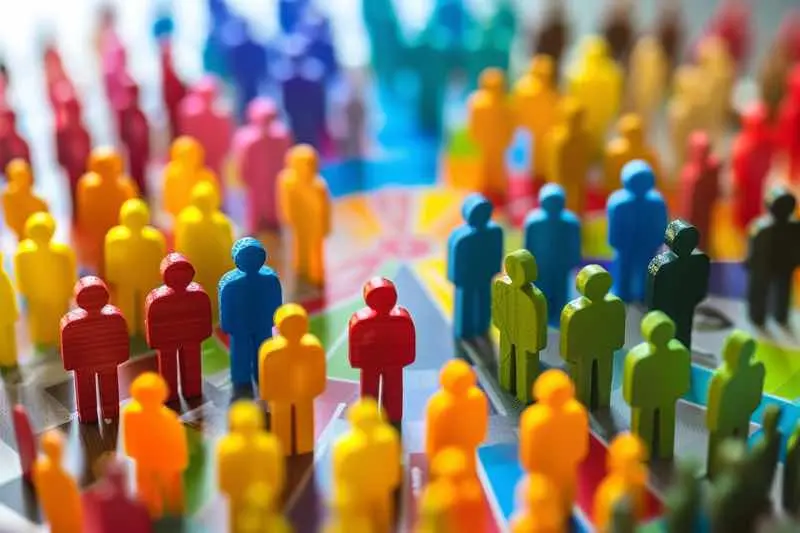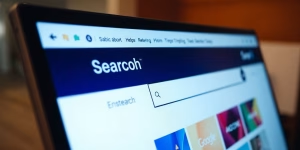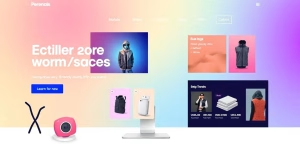Hey there! As we step into 2025, the world of consumer packaged goods is buzzing with change. From eco-friendly packaging to the rise of health-focused products, there’s a lot happening. Companies are getting creative, using tech to meet the demands of today’s savvy shoppers. Let’s dive into some key trends and see what’s shaping the future of this dynamic industry.
Table of Contents
ToggleKey Takeaways
- Consumers are leaning towards products that reflect their values, like sustainability and health.
- E-commerce is booming, with more brands going direct-to-consumer to meet buyers where they are.
- Brands are adopting AI to better manage inventory and predict what consumers want next.
- There’s a growing demand for transparency in marketing, with consumers wanting clear and honest communication.
- Convenience is king, with subscription models and seamless shopping experiences becoming the norm.
The Evolution of Consumer Packaged Goods

Understanding Shifts in Consumer Preferences
In the ever-changing world of consumer packaged goods (CPG), consumer preferences are like a moving target. As we approach 2025, consumers are increasingly prioritizing sustainability and health-conscious products. This shift is largely driven by heightened awareness of environmental issues and personal health. Brands that recognize these shifts and adapt quickly are more likely to maintain their market share. In fact, a recent study showed that one in three consumers is willing to pay more for products that align with their values.
The Impact of Economic Uncertainty on Buying Habits
Economic uncertainty is nothing new, but its impact on consumer behavior is profound. With fluctuating economies, consumers are becoming more cautious with their spending. This doesn’t necessarily mean they’re buying less; rather, they’re buying smarter. They seek out products that offer the best value for their money, often turning to private labels or discounted brands. As a result, brands need to focus on value propositions that resonate with cost-conscious consumers.
Brand Loyalty in the Age of Choice
Brand loyalty isn’t dead, but it’s certainly evolving. With an abundance of choices available at their fingertips, consumers are less likely to stick with a single brand. This trend is exacerbated by the rise of ecommerce and digital platforms, where new brands are just a click away. To foster loyalty, brands must engage consumers on a deeper level, offering not just products, but experiences and values that align with their lifestyles.
“In a world flooded with options, loyalty is earned, not given. Brands must strive to create meaningful connections with consumers, turning transactions into relationships.”
In conclusion, understanding consumer behavior in the CPG sector requires a keen eye on emerging trends and a willingness to adapt. As we move towards 2025, brands that can anticipate and respond to these shifts will be the ones that thrive.
Sustainability as a Cornerstone of CPG Innovation

Eco-Friendly Packaging Solutions
In the world of consumer packaged goods, packaging isn’t just about protecting products anymore. It’s about telling a story of sustainability. Companies are turning to compostable and biodegradable materials, like hemp and polylactic acid (PLA), to create packaging that doesn’t just end up in a landfill. The shift to eco-friendly packaging isn’t just a trend; it’s a necessity. As consumers become more eco-conscious, brands that fail to innovate risk falling behind.
The Rise of Biodegradable Materials
Biodegradable materials are no longer a novelty; they’re becoming the norm. The market is seeing a surge in demand for materials that break down naturally, reducing environmental impact. From seaweed-based wraps to cellulose films, the options are expanding. This rise isn’t just driven by consumer demand but also by regulations pushing for more sustainable practices. Companies investing in these materials are not only helping the planet but also appealing to a growing segment of environmentally conscious consumers.
Consumer Demand for Sustainable Practices
Today’s consumers want more than just a product; they want assurance that their purchases are ethically made. This demand for sustainable practices is pushing companies to rethink their entire supply chain. From sourcing raw materials responsibly to ensuring fair labor practices, sustainability is becoming a holistic approach. Brands that can authentically communicate their commitment to these practices are likely to win consumer trust and loyalty. In this context, adopting AI-driven solutions for recycling and inventory management can further enhance a company’s sustainable credentials.
Health and Wellness: The New Frontier for CPG

Aligning Products with Medical Solutions
The consumer packaged goods (CPG) industry is stepping up its game by aligning more closely with medical solutions. A fascinating trend is the integration of GLP-1 receptor agonists—originally designed for diabetes management—into everyday food products. These medications curb appetite, and companies like Nestle are jumping on board. Their new Vital Pursuit meals are crafted to meet the dietary needs of those using these drugs, incorporating high protein and essential nutrients. As more people turn to such medical solutions, expect to see a wave of products tailored to new nutritional needs.
The Growth of Functional Nutrition
Functional nutrition is not just a buzzword; it’s becoming a staple in our diets. Tropicana’s “Fuel for Thought” is a prime example, offering vitamins that claim to boost mental focus. This isn’t just about physical health anymore—mental wellness is getting its share of the spotlight. Companies are keen on combining taste with health benefits, making sure that what we consume not only fills us up but also fuels us in more ways than one. Expect this trend to continue growing as consumers become more health-savvy.
Targeting Health-Conscious Consumers
Health-conscious consumers are a driving force in the market today. With more people willing to pay a premium for products that promise wellness benefits, brands are racing to develop items that cater to this demand. We’re talking about a broad spectrum of products—from skincare to vitamins—that appeal to millennials and Gen Z. These generations are not just looking for products; they want solutions that fit their lifestyle. And yes, they’re willing to spend more if it means better health.
The shift towards health and wellness in CPG is not just a trend—it’s a reflection of changing consumer priorities. As people become more aware of their health, the demand for products that support a healthier lifestyle will only increase.
In conclusion, the CPG industry is on the brink of a health and wellness revolution. From aligning with medical solutions to expanding functional nutrition, the focus is clear: meet the needs of today’s health-conscious consumer. And as this sector evolves, it’s crucial for brands to stay ahead by innovating and adapting to these new demands.
For those interested in how affiliate marketing is evolving with these trends, the rise of influencer partnerships and ethical marketing are key points to consider. Similarly, the future of Shopify eCommerce is being shaped by sustainability and personalized shopping experiences, making it an exciting time for online retailers.
The Digital Transformation of Consumer Packaged Goods
E-commerce and Direct-to-Consumer Strategies
E-commerce isn’t just a trend—it’s the new normal. The pandemic accelerated online shopping habits, and now, direct-to-consumer (DTC) models are thriving. Brands are setting up their own online stores, bypassing traditional retail channels. This shift allows companies to control their brand narrative and gather valuable customer data. Plus, DTC offers a lower cost per acquisition and higher margins. To stay competitive, consider integrating subscription services, which not only secure steady revenue but also enhance customer loyalty.
Leveraging AI for Predictive Inventory Management
Artificial Intelligence (AI) is reshaping inventory management. With AI, companies can predict consumer demand with uncanny accuracy, reducing overstock and stockouts. This tech analyzes buying patterns and market trends, optimizing supply chains. It’s like having a crystal ball for your inventory needs. By using AI, businesses can cut costs and improve efficiency, ensuring that products are available when and where they’re needed.
Creating Seamless Omnichannel Experiences
Consumers today expect a smooth shopping experience across all platforms. Whether they’re browsing on a mobile device, shopping in-store, or ordering online, the transition should be effortless. An effective omnichannel strategy integrates all these touchpoints, providing a consistent and personalized experience. This means linking online and offline data, offering click-and-collect services, and using technology to enhance the in-store experience. In the end, it’s about meeting consumers wherever they are, whenever they want.
Navigating Global Impacts and Supply Chain Challenges
Adapting to Geopolitical Unrest
The world is no stranger to political shake-ups, and 2025 is no exception. From trade wars to regional conflicts, the global stage is set for a series of challenges that could disrupt supply chains. Companies must be nimble, ready to pivot strategies when international relations take unexpected turns. Flexibility is the name of the game, and those who can swiftly adapt will find themselves ahead of the curve.
Building Resilient Supply Chains
If the past few years have taught us anything, it’s that supply chains need to be as robust as a well-crafted novel. Unpredictable events, like natural disasters or pandemics, can throw a wrench in even the best-laid plans. Businesses are increasingly turning to technology to build resilience, using AI and blockchain to predict disruptions and streamline operations. Here’s a simple checklist for creating a resilient supply chain:
- Diversify suppliers to avoid single points of failure
- Implement real-time tracking systems for better visibility
- Develop contingency plans for various disruption scenarios
The Role of Tariffs and Trade Regulations
Tariffs and trade regulations are like the weather—sometimes predictable, often not, and always impactful. In 2025, navigating these economic waters requires a keen understanding of international policies. Businesses must stay informed about supply chain disruptions and trade agreements to mitigate risks. This might involve hiring experts or investing in software that keeps them updated on the latest changes. The goal? To ensure that the flow of goods remains as smooth as possible, despite the bureaucratic hurdles.
“The ability to adapt and pivot innovation without losing sight of goals will be critical if supply chains are affected or new trade barriers and regulations emerge.”
In conclusion, the landscape of global impacts and supply chain challenges is as dynamic as ever. Companies that prioritize adaptability, technological integration, and informed decision-making will be well-positioned to weather the storms of 2025.
Innovative Marketing Strategies for the Modern CPG Brand
Ethical Marketing and Transparency
In today’s world, trust is everything. Consumers are increasingly savvy and demand transparency from brands. This means being upfront about product ingredients, sourcing, and even labor practices. Ethical marketing is not just about honesty; it’s about building a relationship with your audience. Transparency fosters trust, and trust builds loyalty. Brands that embrace ethical marketing find that it not only strengthens their reputation but also enhances customer loyalty.
Harnessing Data for Personalized Campaigns
Data is the new oil, but only if you know how to use it. The ability to harness data effectively can turn a good marketing campaign into a great one. By analyzing consumer behavior, brands can create personalized experiences that resonate with their audience. A tailored message is far more likely to engage a consumer than a generic one. This is where AI-driven personalization comes into play, offering insights that can transform your marketing strategy. Top CPG marketing trends for 2025 emphasize this shift towards data-driven personalization.
The Power of Social Media Influencers
Influencers are the new celebrities, and their power in marketing cannot be underestimated. Consumers trust influencers because they see them as authentic voices. Brands can tap into this trust by collaborating with influencers who align with their values. However, it’s crucial to maintain the authenticity of these partnerships. Consumers can spot a disingenuous ad from a mile away. Therefore, the key is to find influencers who genuinely love your product and can convey that passion to their followers. Utilizing influencers effectively can significantly boost brand visibility and credibility.
The Future of Experience and Convenience in CPG

Enhancing Consumer Experiences with Technology
In today’s fast-paced world, technology is reshaping how consumers interact with products. Brands are harnessing augmented reality (AR) and virtual reality (VR) to create immersive shopping experiences. Imagine trying on makeup virtually or visualizing furniture in your living room through your phone. These tech-driven experiences not only engage consumers but also help them make informed decisions, reducing the likelihood of returns.
Moreover, AI-powered chatbots are revolutionizing customer service by offering instant assistance, addressing queries, and even suggesting products based on browsing history. This personalized interaction fosters a sense of connection between the brand and the consumer, elevating the overall shopping experience.
The Role of Subscription Models
Subscription models are gaining traction as they offer consumers convenience and predictability. Whether it’s a monthly box of snacks or a quarterly delivery of skincare products, subscriptions ensure that consumers have a steady supply of their favorite items without the hassle of reordering.
- Predictable Revenue: For businesses, subscription models provide a steady stream of income, allowing for better financial planning.
- Consumer Loyalty: Regular deliveries keep the brand at the forefront of consumers’ minds, fostering loyalty.
- Customization Options: Many subscription services allow consumers to tailor their boxes, ensuring they receive products that match their preferences.
Balancing Convenience with Sustainability
As consumers become more eco-conscious, brands face the challenge of providing convenience without compromising on sustainability. This has led to innovations such as reusable packaging and carbon-neutral shipping options.
- Eco-Friendly Packaging: Brands are exploring materials that are both convenient and sustainable, like biodegradable plastics and recycled paper.
- Green Logistics: Companies are optimizing delivery routes to reduce carbon footprints, a move that resonates with environmentally aware consumers.
- Sustainable Product Lines: Offering products that are both convenient and sustainable can attract a broader audience.
The future of consumer packaged goods lies in the delicate balance between providing seamless experiences and maintaining a commitment to sustainability. As technology continues to advance, brands must adapt to meet the evolving expectations of the modern consumer, ensuring that convenience does not come at the expense of the planet.
In conclusion, the three key drivers of innovation in consumer packaged goods—health and wellness, sustainability, and experience/convenience—are evolving to meet emerging trends. Retailers must cater to the instant gratification seeker in the fast-paced digital marketplace by optimizing their offerings to enhance the shopping experience.
As we look ahead, the way we experience products and services in the Consumer Packaged Goods (CPG) sector is changing fast. Companies are focusing on making things easier and more enjoyable for customers. This means using new technology and smart ideas to meet what people want. If you want to learn more about how we can help your business grow and adapt to these changes, visit our website today!
Conclusion
As we look ahead to 2025, the consumer packaged goods industry is poised for a dynamic shift. With consumers increasingly prioritizing health, sustainability, and convenience, brands must adapt to these evolving demands. The key to thriving in this landscape will be innovation that aligns with consumer values, whether it’s through eco-friendly packaging, health-focused products, or seamless shopping experiences. As the market continues to change, those who can anticipate and respond to these trends will not only survive but thrive. So, here’s to a future where consumer needs drive meaningful innovation, making everyday products not just necessities, but thoughtful choices.
Frequently Asked Questions
What are consumer packaged goods?
Consumer packaged goods (CPG) are everyday items that people use and replace often, like food, drinks, and cleaning products.
Why is sustainability important in CPG?
Sustainability matters because it helps protect the environment. People want products with packaging that doesn’t harm nature.
How is technology changing the CPG industry?
Technology like online shopping and smart tools help companies sell products directly to people and manage their stock better.
What does brand loyalty mean?
Brand loyalty is when people stick to buying the same brand because they trust it and like its products, even if there are other choices.
Why are health and wellness trends important for CPG?
People are more interested in staying healthy, so they look for products that support their health, like nutritious foods and wellness items.
How do global events affect CPG supply chains?
Global events can make it hard to get products to stores. Companies need strong plans to handle things like trade changes or natural disasters.
